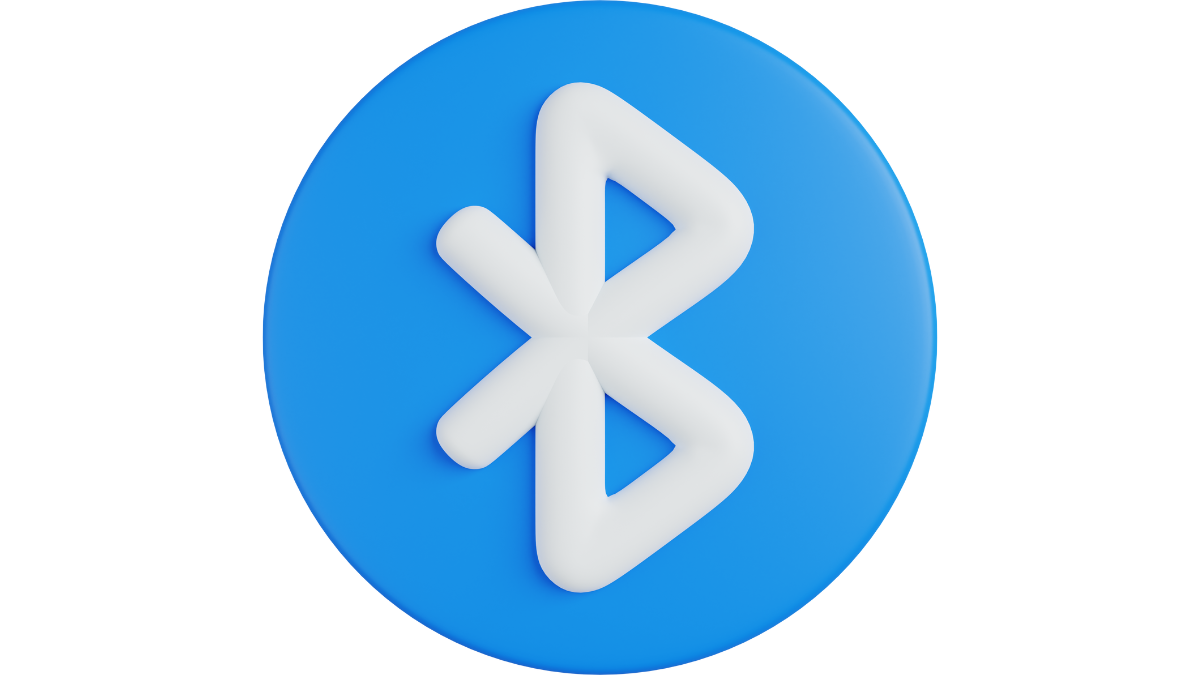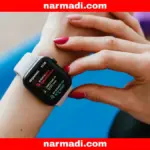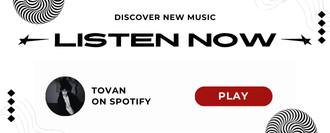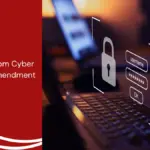The ability to connect devices wirelessly using Bluetooth technology has become an essential need in this fast-paced digital era.
We often encounter Bluetooth technology in devices such as smartphones, earphones, and speakers.
Bluetooth technology plays an important role in facilitating wireless connectivity.
But do you know how Bluetooth technology developed and became so important?
Also Read
Let’s learn more about Bluetooth technology, from its history to the evolution that made it one of the world’s most important wireless communications standards.
Table of Contents
History of Bluetooth Technology
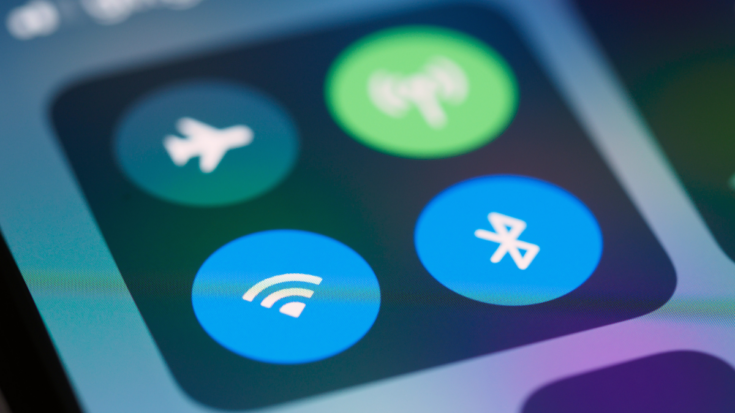
In 1994 Bluetooth technology was first developed by the Swedish telecommunications company, Ericsson.
The name “Bluetooth” is taken from the name of the 10th-century Danish king, Harald “Bluetooth” Gormsson, who was famous for uniting divided territories.
This name was chosen because it is considered to represent the ability of Bluetooth technology to unite various different devices.
Bluetooth was officially introduced to the public in 1998 by the Bluetooth Special Interest Group (SIG), a consortium of large technology companies such as Ericsson, Intel, IBM, Nokia, and Toshiba.
This consortium is responsible for the development and standardization of Bluetooth technology, making it a technology used globally.
Developments in Bluetooth Technology
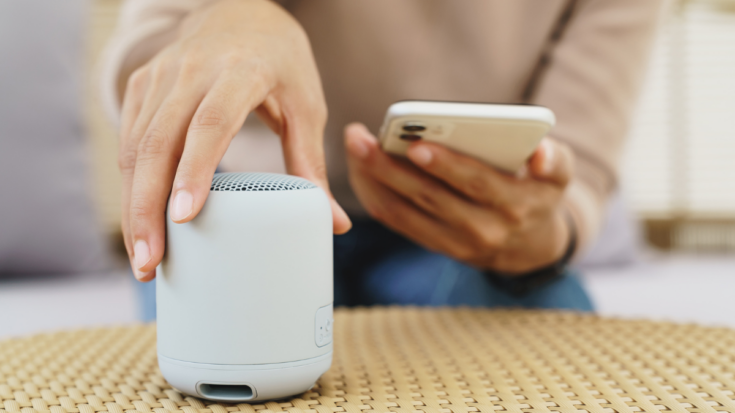
Since it was first introduced, Bluetooth has experienced rapid development. Following are some important milestones in the evolution of Bluetooth technology:
1. Bluetooth 1.0 and 1.1
The first versions of Bluetooth were released in the late 1990s and early 2000s. This version allows data transfer up to 1 Mbps but has some limitations in terms of compatibility and connection stability.
Nonetheless, this version succeeded in building the foundation for more advanced technology in the future.
2. Bluetooth 2.0 + EDR (Enhanced Data Rate)
Launched in 2004, Bluetooth 2.0 brought significant improvements, including Enhanced Data Rate (EDR), which increased data transfer speeds to 3 Mbps.
It also fixes compatibility issues that existed in previous versions, allowing devices to connect more quickly and stably.
3. Bluetooth 3.0 + HS (High Speed)
Bluetooth 3.0 was released in 2009 with the High Speed (HS) feature, which allows transfer speeds of up to 24 Mbps using WiFi as a transfer medium.
This feature makes Bluetooth more efficient in transferring large files such as videos and multimedia data, without sacrificing connection stability.
4. Bluetooth 4.0 (2010)
In 2010, Bluetooth 4.0 introduced the Low Energy (LE) feature, designed for devices that require low power consumption such as fitness sensors, smartwatches, and Internet of Things (IoT) devices.
Bluetooth LE allows devices to connect without draining the battery, making it perfect for applications that require long battery life.
5. Bluetooth 5.0 (2016)
Released in 2016, Bluetooth 5.0 improves the range, speed, and capacity of broadcast messages, making it more efficient for IoT devices and smart home applications.
Bluetooth 5.0 has four times the range and twice the speed compared to the previous version, allowing more devices to connect simultaneously without reducing connection quality.
6. Bluetooth 5.1 and 5.2
Bluetooth 5.1 and 5.2 introduce direction-finding capability, which allows devices to detect the direction of Bluetooth signals more accurately.
This is very important for location tracking applications, especially in indoor spaces, such as in smart buildings or smart warehouse management.
7. Bluetooth 5.4 and Bluetooth 6.0
In 2024, Bluetooth continues to evolve with the arrival of several new features through Bluetooth 5.4 and the introduction of Bluetooth 6.0.
Bluetooth 5.4
Periodic Advertising with Responses (PAwR): This feature enables two-way communication with low power consumption in connectionless mode, making it ideal for Internet of Things (IoT) devices such as sensors and actuators.
Encrypted Advertising Data: This feature provides more secure data transfer, enabling increased privacy within larger Bluetooth networks. This is very important in commercial and industrial applications.
Bluetooth 6.0
Channel Sounding: This technology enables more precise distance tracking, which is very useful for location-based service applications such as indoor tracking and asset tracking.
Improvements in Advertising and Isochronous Channels: Improve communication efficiency between devices, especially in low-latency audio applications and other usage scenarios that require fast response times.
In addition, LE Audio (Low Energy Audio) continues to develop, especially with the innovation of Auracast™ Broadcast Audio.
This feature allows devices such as smartphones or TVs to broadcast multiple audio streams to multiple receivers, such as earbuds or speakers.
This technology can be used in public spaces such as airports or theaters to facilitate a more inclusive audio experience.
Bluetooth Regulations in Indonesia
In the context of using Bluetooth devices in Indonesia, every tool or device that has a Bluetooth feature is required to meet the Bluetooth testing standards set by the Ministry of Communication and Digital through the Directorate General of Digital Infrastructure (DJID).
This provision is regulated in Ministerial Decree Number 260 of 2024. In accordance with the Ministerial Decree, Bluetooth devices must go through a certification and testing process to ensure that the device is safe to use, does not interfere with other frequencies, and meets applicable quality standards.
Testing includes technical and safety aspects to ensure the device can function properly without causing interference to the surrounding frequency spectrum.
This certification assures users that the Bluetooth devices they use meet safety and quality standards.
For manufacturers and importers, obtaining DJID certification is a mandatory step before Bluetooth devices can be officially marketed in Indonesia.
To make this process easier, producers can take advantage of reliable and trustworthy DJID certification services.
Complying with these regulations not only ensures compliance with the law but also encourages the development of safer and more widespread Bluetooth technology in Indonesia.

